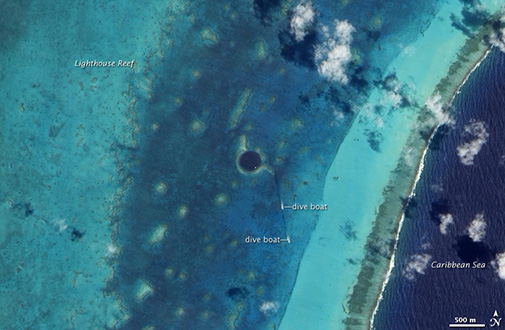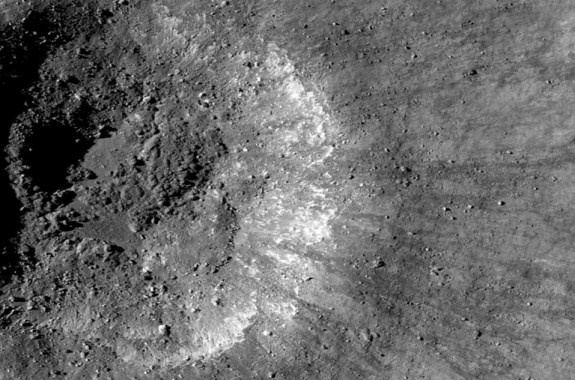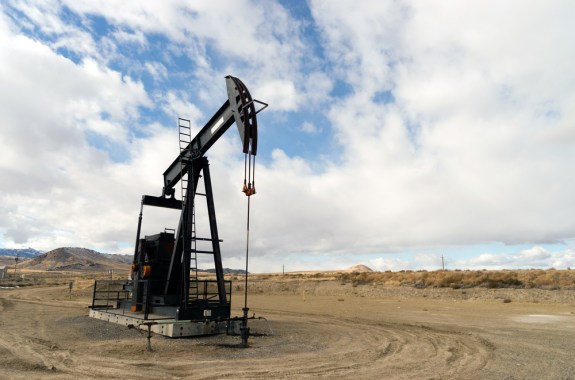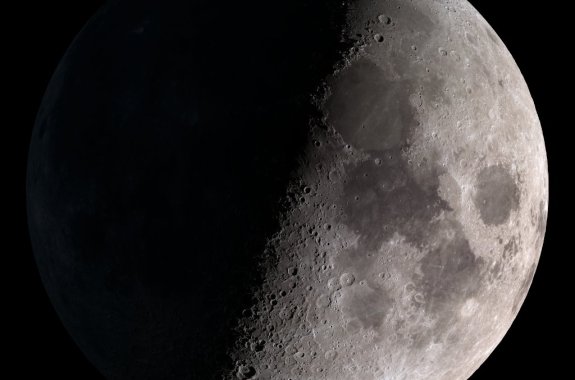Memories in the Mud
Create a simulated sediment core and use it to identify the number of tropical cyclones that swept through the area near Belize’s Blue Hole. Learn how scientists use sediment cores to get information about weather events dating back 1500 years.
The Albedo Effect, Urban Heat Islands, and Cooling Down Your Playground
Explore the albedo effect by designing a school playground with lower surface temperature, then learn how soot from wildfires changes the albedo of the Greenland ice sheet.
Splat! Model Lunar Impacts Using Water Balloons
In this resource from International Observe the Moon Night, use water balloons to model how the moon’s largest impact basins were created.
Live Online Discussion: Bringing Climate Science Into the Classroom
On Tuesday, April 5, 2016, Science Friday hosted a live online web panel to discuss challenges and approaches to teaching climate change science in the classroom. Led by passionate educators who are committed to best practices in climate education, this discussion provided strategies for bringing climate change data into the classroom.
Teachers Bring Fracking to School
Looking to inject a little fracking into your curriculum? Check out these resources developed by Colorado educators in the AirWaterGas Teachers-in-Residence program.
Go Out And Observe the Moon!
Observe the moon each day for one month, map the moon’s features, simulate lunar impacts, and explore lunar science in this resource from NASA’s International Observe the Moon Night (InOMN), an annual worldwide celebration of lunar science and exploration.
A Human Sundial
Why does the length and direction of our shadow change throughout the day? It all comes back to rotation and position of our planet relative to the sun.
#ExplainTheSun
What does the Sun do? Tell us, using the hashtag
#ExplainTheSun
Build an Earthquake Machine
In this activity from IRIS, students explore a mechanical model of a fault to learn how energy is stored elastically in rocks and released suddenly as an earthquake.
Can You Explain The Sun?
For this science club, we want you to explain something to us, something BIG!






